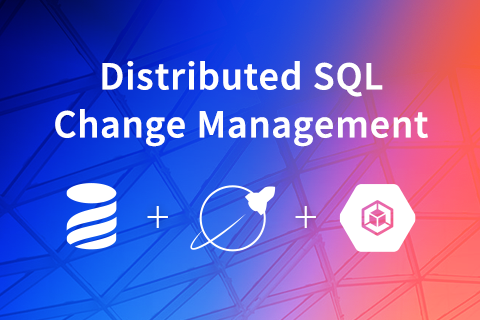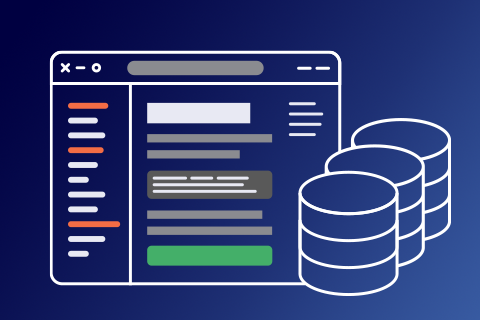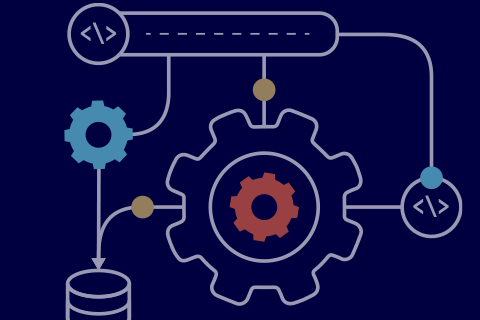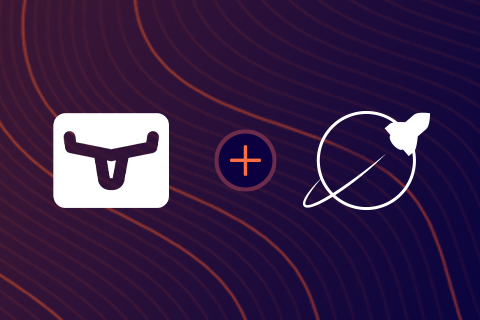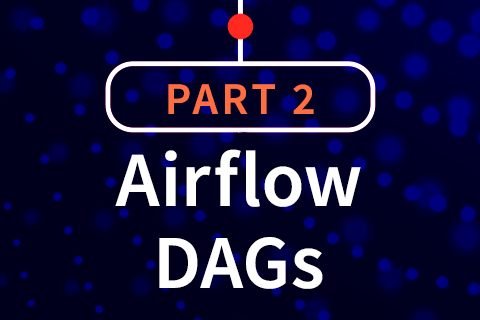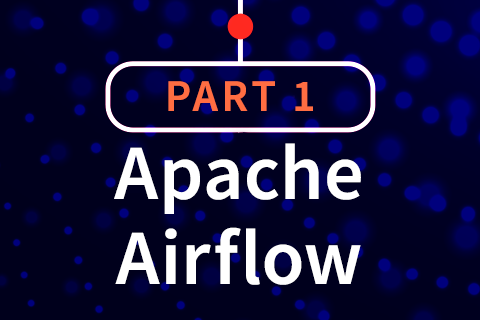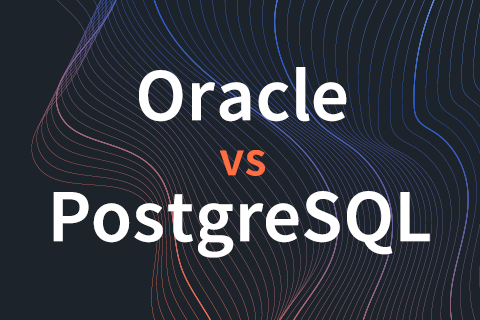Distributed SQL Change Management with Liquibase and YugabyteDB on GKE
Liquibase is an open source and extensible change management project that supports a variety of databases including Snowflake, MySQL, and PostgreSQL via JDBC. Liquibase allows users to easily define changes in SQL, XML, JSON, and YAML. These changes are then managed in a version control system so the changes can be documented, ordered, and standardized. For more information on the features and benefits of Liquibase, check out their documentation site.
…
